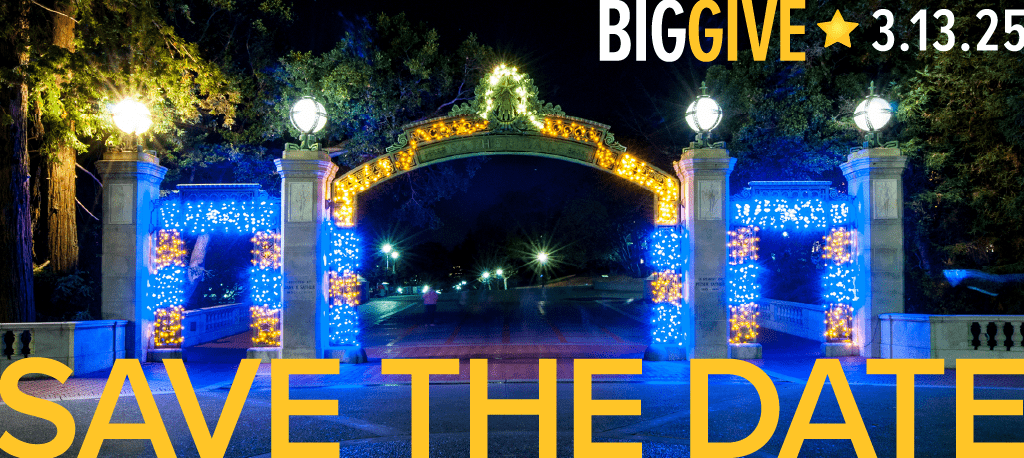THIS YEAR, Berkeley’s Pacific Film Archive celebrates its 50th anniversary—that is, in its physical form. While the PFA technically opened its doors in 1971, it actually came into being several years earlier, before it had any doors, born from the mind of writer Sheldon Renan.
A graduate of Yale University, Renan spent his early career in New York City, writing television commercials and working for film importing companies. In 1966, he moved to the Bay Area, hoping to launch his own film archive. He landed in fertile territory. In downtown Berkeley, the Cinema Guild—where part-owner and budding film critic Pauline Kael honed her writing chops—opened in the early 1950s. The San Francisco International Film Festival held its inaugural program in 1958. By the 1960s, several Cal language and literature faculty had already added film to their curricula to meet student demand. And even the Berkeley culinary institution, Alice Waters’ Chez Panisse—also established in 1971—was named for a character in the films of French auteur Marcel Pagnol.
Shortly after arriving, Renan began exhibiting films on the Cal campus and collecting proceeds to put toward his yet-to-be-named archive. He imagined a model similar to that of the New York Museum of Modern Art’s film department, under the umbrella of a fine arts museum. After being rejected by the San Francisco Museum of Art and the Oakland Museum, Renan found a sympathetic audience in Peter Selz, the director of the Berkeley Art Museum.
A fellow former New Yorker, Selz embraced Renan’s vision and, with guidance from Cinémathèque Française founder Henri Langlois, pledged to help grow his fledgling archive. The three men signed an agreement outlining their mission: “to protect the films of independent California filmmakers and to contribute to their spreading [and] preservation.”
As director of the newly christened Pacific Film Archive, Renan organized weekly campus screenings, in Wheeler Auditorium or Dwinelle Hall, showcasing avant-garde, international, and classic films. Fritz Lang, Jean-Luc Godard, and other celebrated directors would sometimes drop in to introduce their work.
Finally, after several years of bouncing between lecture halls, the PFA found its first physical home inside the Berkeley Art Museum—the once-iconic Brutalist structure on Bancroft Way. When that building was deemed seismically unsound in the 1990s, the PFA moved to a temporary space on campus before landing in its current locale—a metal-clad, sky-lit building on Oxford Street—rejoining its partner institution to create the Berkeley Art Museum & Pacific Film Archive (BAMPFA).
Through each relocation, the PFA has continued to offer a wide variety of film programs, screening everything from French New Wave favorites to works from Senegal, Hungary, and Vietnam. The archive also boasts the largest collection of Japanese films outside of Japan. A fan of directors like Akira Kurosawa (whose film Dodeskaden was the first one screened at the PFA in 1971), Renan wanted the PFA to showcase films from the entire Pacific Rim—a fact that helps explain the archive’s name.
During a recent virtual tour of the archive’s library, Jason Sanders, the PFA’s film research associate, pulled up an image of what he calls the “Valley of Knowledge,” a space on BAMPFA’s lower level where, in pre-pandemic times, visitors could inquire about and view archived materials on monitors in the center of the room.
With more than 15,000 films and videos, 150 international film periodical titles, 36,000 film stills, 7,500 posters, and more than 7,600 books on film theory, history, and criticism, the archive can be daunting, to say the least. Sanders—who, according to colleagues, has an “encyclopedic knowledge” of the archive’s treasures—enjoys helping folks find what they need. “One of our missions is to be open to everyone,” he says. “It’s really fun to share [the archive] with people.”
To make the archive even more accessible, Sanders and his team have been busy digitizing and indexing the PFA’s collection. Documents such as publicity materials, program notes, scholarly articles, and letters from filmmakers can be viewed online through a project called CineFiles. Much of the PFA’s film and audio collection—including interviews with artists like David Lynch, Angela Davis, and Marlon Riggs—is also available online at Archive.org.
Sanders’s favorite PFA offering: documentaries by Newsreel, an activist film collective established in the late 1960s. Sampling clips from Newsreel pieces on the Black Panther Party and People’s Park, Sanders explains that footage like this is central to PFA’s mission: to preserve California’s history through film.
While the PFA staff have continued to offer virtual programs during the pandemic, they are keen to welcome visitors back to normal. “Of course I’m still so paranoid about what ‘normal’ is going to be,” says Sanders. “But it’ll just be good to open and to see people streaming through the building and into the theater again.”
In a 1971 interview, Renan said of his infant archive: “This whole thing is put together with spit, chewing gum, [and] good intentions.” Fifty years later, those bonds still hold.




















